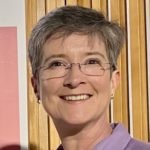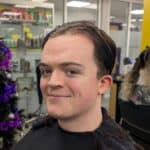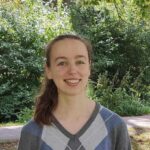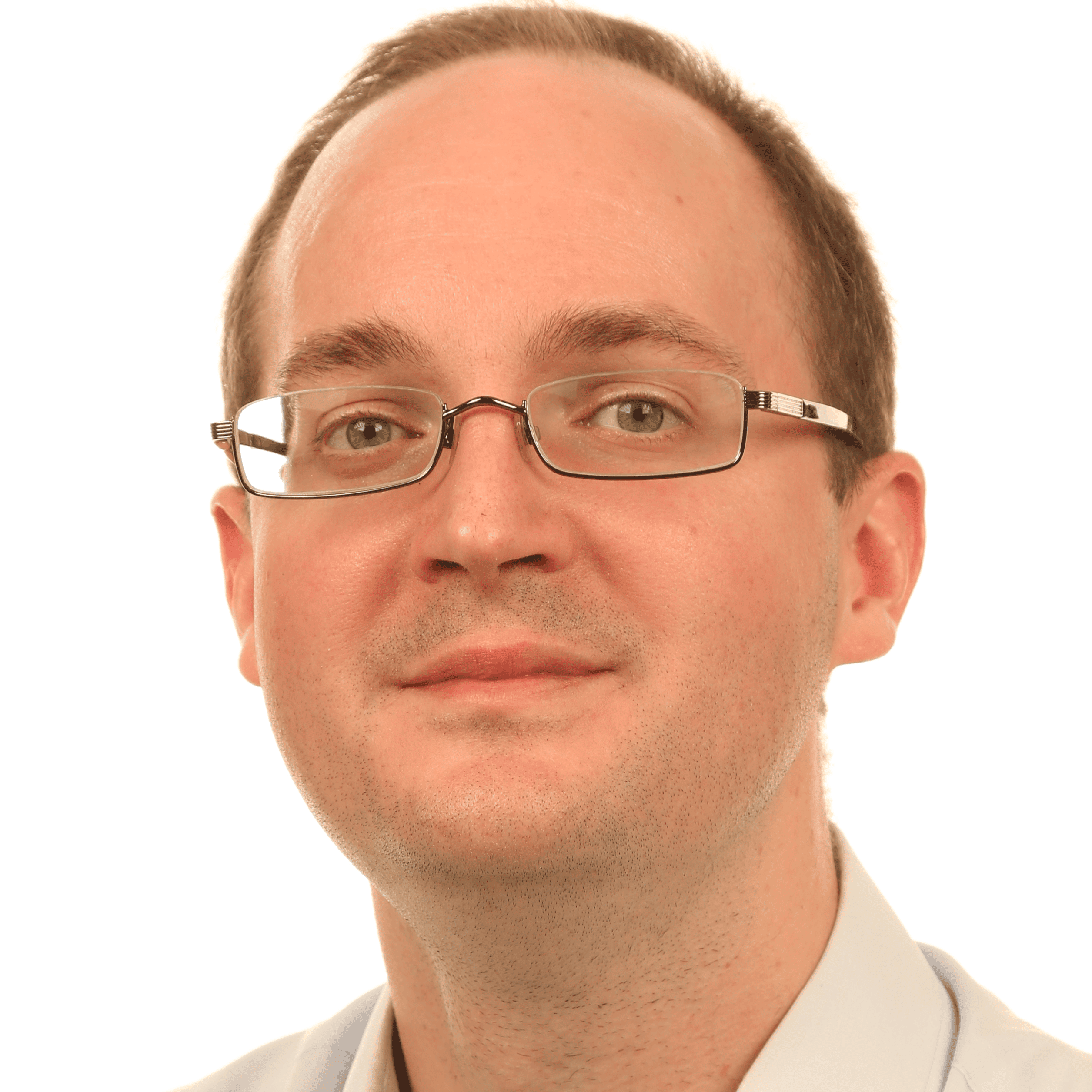Profile
Tina-Jaine Haigh
-
About Me:
I’m an engineer, a scientist and an artist, maybe in that order. In my free time, I love to dance, and to design and sew clothes.
-
Read more
My career is as a nuclear safety engineer, and I really enjoy it because I know I’m doing something important, that will improve people’s lives, keep people safe, help to protect our environment and our future, and help to keep the lights on in future. I also enjoy it because of the way it makes me think, and the need to grasp a wide range of aspects of science and engineering.
I call myself a scientist too, because I have studied science and my career requires me to use science all the time. Once a scientist, always a scientist. It’s a way of thinking.
More recently I’ve started calling myself an artist too. This has nothing to do with my job, but many of my hobbies involve creating artistic things, so I feel it’s a part of who I am too.I don’t come from a wealthy background, and I was very lucky to live in a time and place when university education was free. It meant I could study physics, which I found absolutely fascinating, and it’s the firm foundation of my career. It’s also where I met many great friends including my husband.
-
My pronouns are:
She, her
-
My Work:
As a nuclear safety engineer, I analyse what could go wrong with a nuclear plant, like a nuclear power station, or nuclear waste processing plant, and what stops that turning into a serious accident. I use this analysis to prove that the plant and people will be safe in all situations, and the plant meets the safety rules and laws.
-
Read more
Any nuclear facility, like a power station or a nuclear submarine, contains radioactive material. That material could be harmful if you come in close contact with it. Nuclear safety is all about keeping the harmful material in it’s proper place, so no-one can come in contact with it. This means focussing on how the plant works, but the ultimate aim is keeping people – workers or public – safe.
We start by identifying absolutely everything that could possibly go wrong, from human errors, equipment faults, natural disasters, man-made hazards like a fire outside the plant. We analyse how each fault could possibly lead to an accident which might cause harm to people, and we look at what prevents it going that far. We prove that the safety systems which prevent a fault turning into an accident can do their job in all circumstances. We calculate the overall risk to people’s lives in the extremely unlikely event that all this goes wrong.
If the analysis shows up a possible fault where there is room for improvement in the protection, we make sure this gets improved in the design.
All this information gets collected together into a safety case. That’s all the documents and information which together prove the plant is or will be safe. It needs to show a convincing argument, backed up by all the evidence, a bit like a legal case.
My most exciting project has been leading the safety case for Hinkley Point C nuclear power station, which is being built now. I was responsible for defining what analysis needed to be done and ensuring everything was properly covered.
I was also responsible for liaising with the Office for Nuclear Regulation. They are the legal body who have to give permission for a company to go ahead and do anything in the nuclear industry. You only get their permission once you have proven it will be safe. With the use of my safety case, I helped convince them, and got the necessary permission for the power station to begin being built.My job requires a wide range of skills and knowledge. I need to understand electrical, electronic, civil, mechanical and structural engineering to understand all these parts of a plant. I need physics to understand how any plant behaves, how the liquids or gases move around, how nuclear reactions work, how temperatures and pressures change. I need chemistry to understand any chemical reactions which might happen. I need biology to understand how harmful materials might get distributed in the environment and eaten by plants, animals and ultimately humans. I need biology to understand the effects of radiation on people’s bodies. I need to understand human behaviour to predict how people might make mistakes and how they cope if they have to deal with an accident. And I need people skills to get the best out of lots of people who specialise in all these fields, and to develop good relations with regulators. I’m not an expert in all these areas, but we have experts in each area, and I need to bring all their inputs together.
-
My Typical Day:
Most of my time is spent on one of 3 things. I’m either doing analysis (the maths, engineering and science), or I’m writing a report about that (the wordy bit), or I’m checking someone else’s report. I do most of that sitting at a computer (at home or in the office), but there are also a lot of meetings. Often things can be communicated more effectively if you get together and talk.
Sometimes I go and look around a nuclear plant, and talk to some people who work there. This is an important step when I start work on a plant I’m not familiar with. It helps you understand things about the layout and ways people work there that you might not get from diagrams. This can involve going into radiation controlled areas, which needs protective clothing.Sometimes I lead big technical meetings called a HAZOP (hazard and operability study). There is a group of experts and I ask them lots of questions to steer them to identify all the problems that could happen in a nuclear plant. It has to be very thorough and it can take a full day or more. I have to keep everyone focused. The HAZOP secretary writes all the ideas in a table. Afterwards I use this when I analyse all the possible problems to make sure they wont happen.
-
What I'd do with the prize money:
Gosh I didn’t know there was a prize. I’ll have a think.
-
Education:
I went to high school in Yorkshire, then moved to London, where I went to 6th form college. I did A levels in Physics, Chemistry and Maths.
I did a degree in physics at the University of Manchester. -
Qualifications:
GCSE’s – physics, chemistry, maths, English language, English literature, French, history, geography, technical drawing.
A levels – physics, chemistry, maths (when I was 18), plus French which I did in my 30’s.
Degree – Batchelor of Science in physics
Post Graduate Diploma in nuclear systems design
-
Work History:
I had a couple of short term jobs when I left uni, which weren’t really what I wanted to do, but it can take some time to find what you really want. They might have been good jobs for someone else, just not for me.
1995 – I got my first good job, by which I mean it set me on the path to the career I wanted.
This was a nuclear medicine technician in a hospital. This involved taking scans of patients using a gamma camera, after they had an injection with a radioactive tracer. I also manufactured the tracers and prepared the patient doses in a sterile laboratory. It was quite draining dealing with ill people all the time. They are often grumpy, especially the kids. But I enjoyed helping them understand the scan process so they weren’t so scared.
1996 – Next I got a job as a project engineer at AEAT. This was in a team which gives nuclear safety advice to the Ministry of Defence about the nuclear reactors which are the engines in submarines. I reviewed safety documents for the submarines, to check other people’s work, and helped to coordinate some of this technical work.
I moved roles in the same company to become a nuclear safety consultant. This is when I first started producing nuclear safety case documents. As a consultant I had to work with lots of different clients, who are the owners of the nuclear facilities.
2000 – I moved to ABS Consulting as a senior engineer. This job was focused on risk calculations for nuclear facilities, particularly submarines and places where they do maintenance on submarines. These risk calculations involve a lot of maths, and producing computer models.
2004 – Then I moved to a very small engineering company as a risk consultant. This also involved risk calculations but this time my client was the regulator. They are kind of the police of the nuclear industry. I was helping them to fulfil their responsibility to check the nuclear facilities they have legal powers over.
2006 – I became a senior safety consultant at Amec. Here I took on a broader range of responsibility for producing safety cases for nuclear facilities. Again it was for lots of different clients. I led some significant projects, producing safety cases for nuclear power stations.
2010 – I joined EDF Energy as the safety case lead for Hinkley Point C. This was a leadership role, but a very technical one. I was not a manger. We were working towards building a nuclear power station called Hinkley Point C. I led all the work which went into producing a safety case, to prove that the power station will be safe, and to get the regulator’s permission to go ahead. The regulator is like the police of the nuclear industry. They can prosecute you if you do anything unsafe, and you can’t build things without their permission. I reviewed many reports to make sure they met the requirements. Some parts of the organisation were based in France, and they were used to different laws and rules. I worked with them to find the best combination of French ways and UK ways of doing things. I did an A Level in French while I was there. I got permission from the regulator, and the power station is now being built.
2014 – I joined Rolls-Royce as a senior principal nuclear safety engineer. I gave safety advice to companies who were planning to build nuclear power stations in the UK. Some of them were foreign companies and needed help to make sure their designs would meet UK safety laws. I also trained other engineers, developing courses and presenting them. I led bids for major contracts. This is where a company sends a proposal and price for a project, for a client to decide who they will give the work to. And I still did some safety analysis and produced safety case documents, for nuclear power stations and waste management facilities.
2019 – I became an independent safety advisor at Ministry of Defence. MoD has to buy lots of highly complex equipment, right up to nuclear submarines. The process to make sure what they get will be safe, even before they get it, is called procurement safety. I advised on that process, which included checking how the suppliers manage safety, as well as the technical details of the equipment itself. -
Current Job:
2023 – I joined Mott MacDonald as an associate nuclear safety consultant. Here I give nuclear safety advice about how to achieve all the safety processes and the safety case needed, for a client which manufactures nuclear fuel.
-
My Interview
-
How would you describe yourself in 3 words?
Nuclear safety engineer
What did you want to be after you left school?
As a small kid I wanted to be an actor/dancer. As a teenager I wanted to be an architect. By the time I finished uni, I knew I wanted something to do with nuclear power.
Were you ever in trouble at school?
A bit, nothing too serious. I was a bit of a rebel, but my way of rebelling was to get a great career.
If you weren't doing this job, what would you choose instead?
Costume designer
Who is your favourite singer or band?
Too many to pick one. Alanis Morissette, Moby, Adele, Prince, Chemical Brothers, Lorde, Killers
What's your favourite food?
Curry
-







